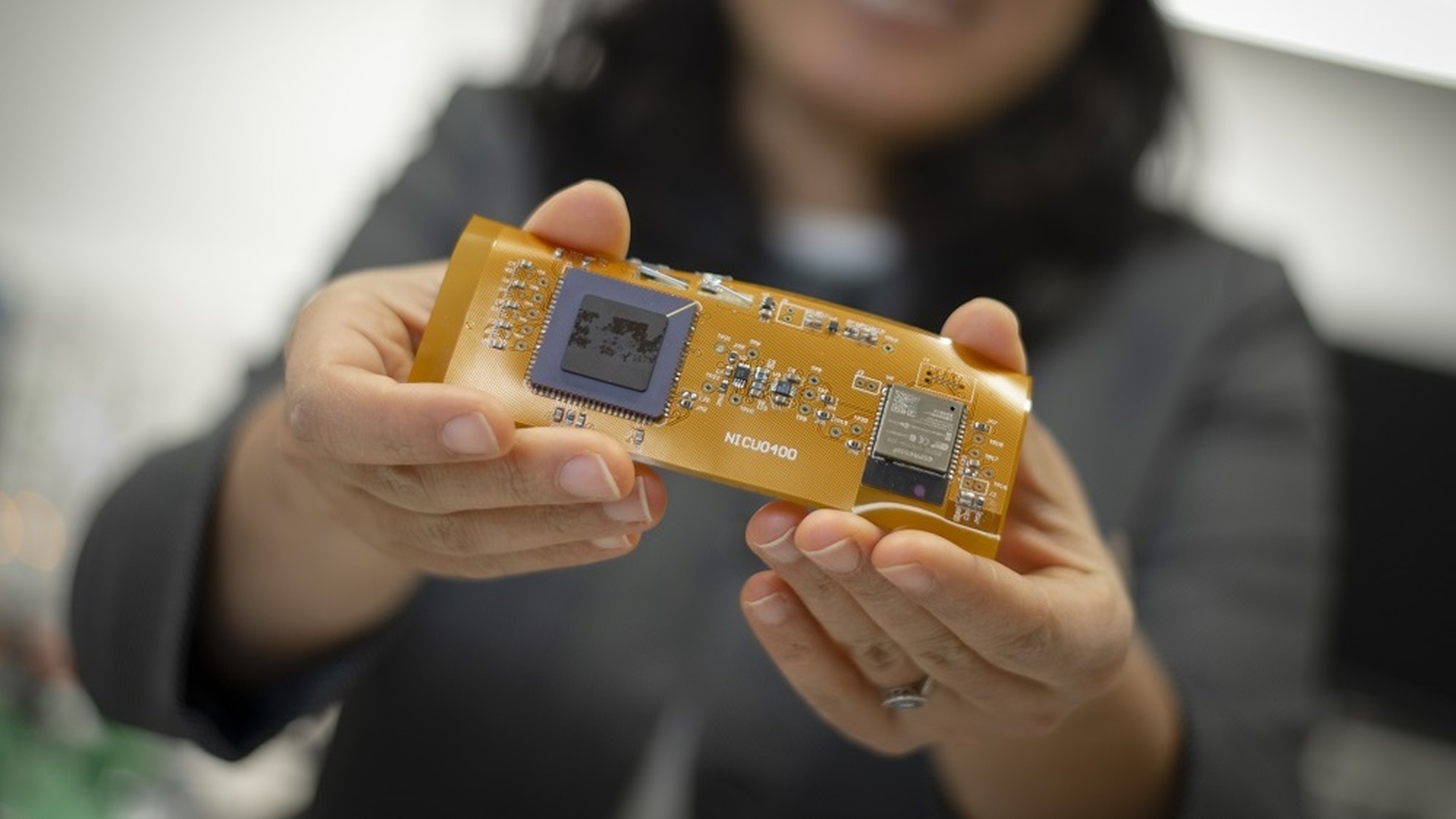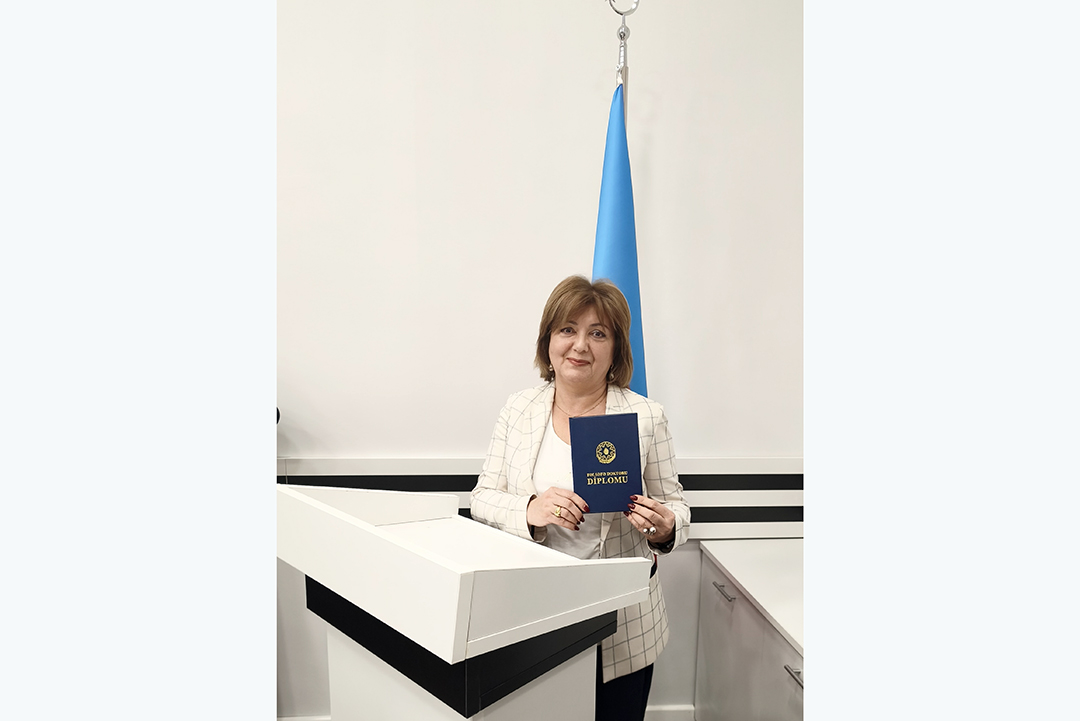NEWS
Mobile oxygen sensors for children created

Engineers from the Worcester Polytechnic Institute decided to develop a mobile wireless sensor for measuring oxygen levels in the blood.
The level of oxygen in the blood is an important indicator that allows the lungs to evaluate the activity of the lungs and to see if the body receives enough oxygen. Today, that indicator is measured by the regulators attached to the patient's skin.
The new device is intended primarily for babies and it will be possible to measure the level of oxygen in the blood at home.
According to the head of the research group Ulkuhan Guler, long-term inpatient treatment of children in the hospital not only creates some financial difficulties for the families but also slows down the recovery of children.
The medical device created by her team is designed to measure the partial pressure of oxygen in the blood. This indicator, known as PO2, measures the amount of oxygen dissolved in the blood.
According to nauka.vesti.ru, the regulator has a thin red curtain. As the oxygen molecule diffuses in the blood, this light becomes brighter.
After a number of improvements, the new device will resemble a regular adhesive plaster in size and will connect to the Internet wirelessly. If the oxygen level in the child’s blood begins to fall, the system will send an alarm to the monitor in the doctor’s office or to parents in the smartphone application.
The device will also be useful for adult patients, especially for elderly people with severe bronchial asthma and chronic obstructive pulmonary disease. After finalizing the system for children, research grup will begin to create a device and application for adults.
Based on the results of its work, the team wrote four scientific articles. Three of them are under consideration before publication, and the fourth - on the prototype of the device - was presented at the conference on biomedical systems BioCAS 2019.


